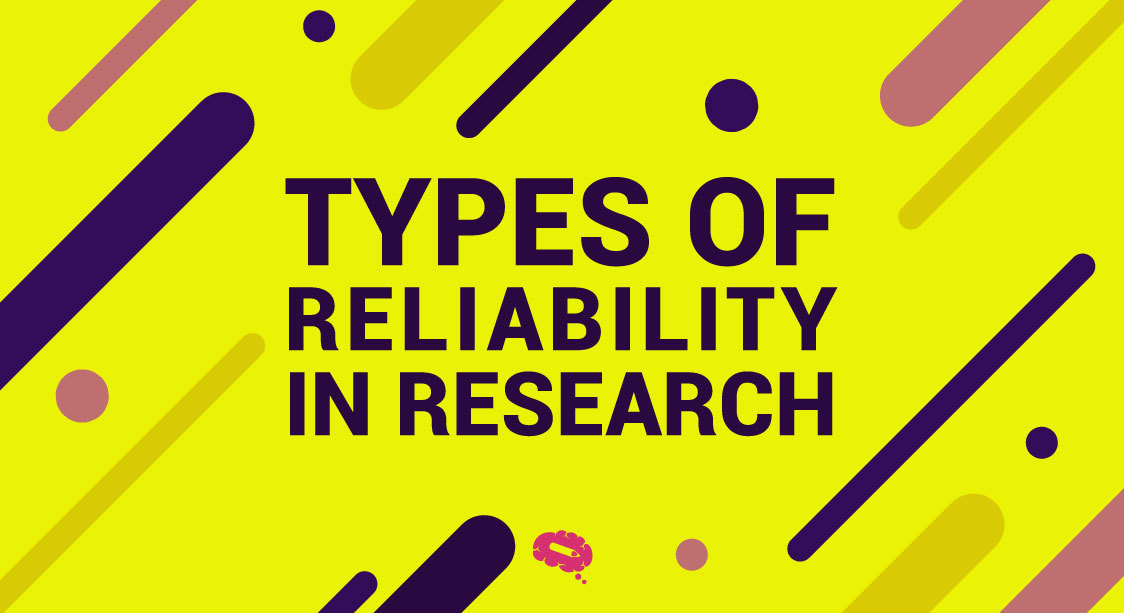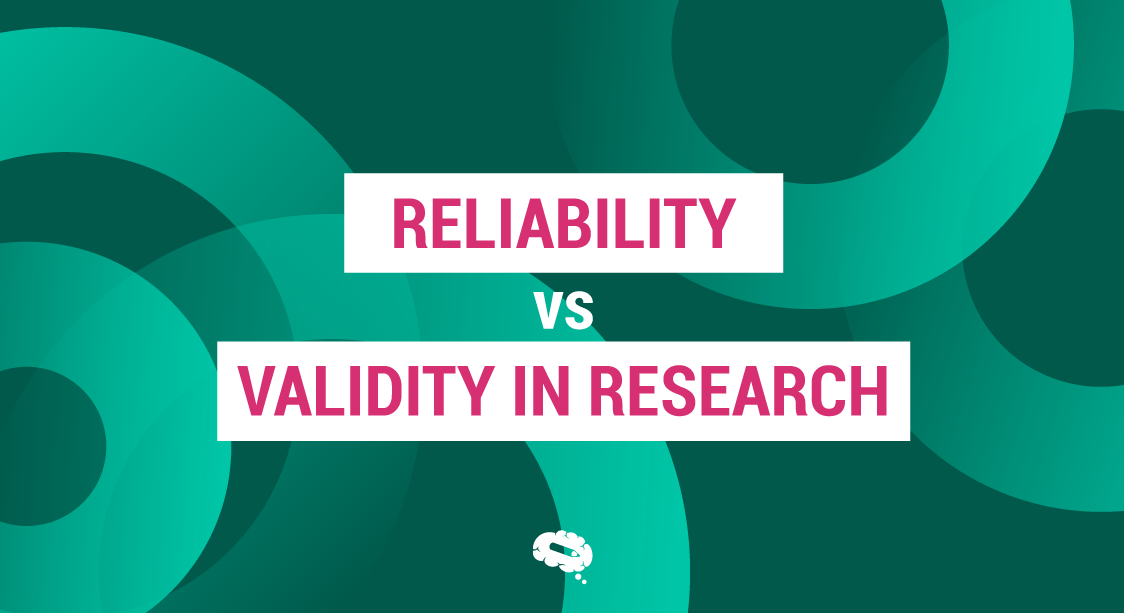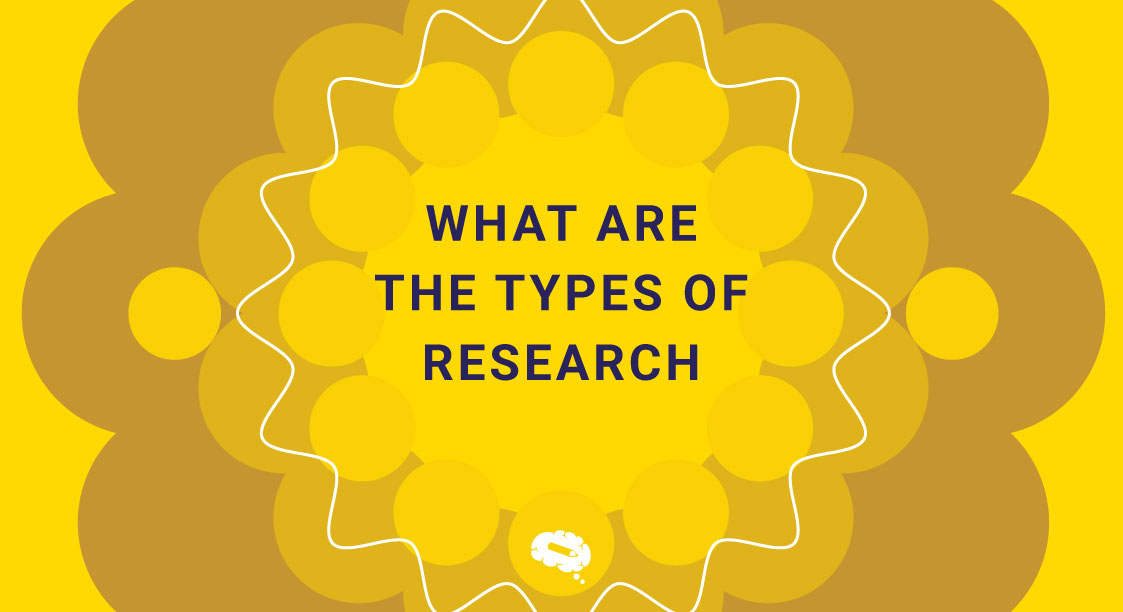A reliable and valid conclusion can only be drawn from academic and scientific studies when the research is reliable. Researchers may arrive at incorrect conclusions if findings are inconsistent, unreliable, and unreliable. For researchers, scholars, and students alike, understanding the different types of research reliability is essential to critically evaluating a study’s quality and dependability.
We will explore the types of reliability in research and their significance in academics and science. Research will be more robust, measurement tools will be more appropriate, and results will be more accurate with this exploration. It is necessary to ensure the reliability of your research findings, whether you’re a seasoned researcher or a student, this blog post will provide valuable information and tools to help you expand your knowledge.
In research, what is reliability?
The reliability of a research study is defined as the consistency and stability of measurements, tests, or observations conducted within the study. It ensures that the same results would be obtained if the same study were replicated or repeated. In data collection, measurement tools, or participant behavior, reliability serves as a safeguard against random errors and fluctuations.
Research is essential for drawing valid conclusions, making informed decisions, and contributing to the body of knowledge. As the foundation for rigorous scientific inquiry, research reliability makes it possible to advance various fields and promote evidence-based practices. Researchers evaluate measurement consistency and dependability on the basis of several types of reliability. There are four types of reliability in research that are commonly considered:
- Internal Consistency Reliability
- Test-Retest Reliability
- Inter-Rater Reliability
- Parallel Forms Reliability
By evaluating the consistency, stability, and equivalence of their measurements, researchers are ensuring their findings are reliable and valid. Researchers may prefer one type of reliability assessment over another based on the significance of their research and the measurement instrument used.
1. Internal Consistency Reliability
An internal consistency reliability assessment determines how consistent and coherent measurements are within a study. Using a survey or questionnaire, it examines whether various items or questions measure the same underlying construct. As a composite scale or index, it looks at the reliability of the items taken together.
What Are The Steps To An Internal Consistency Reliability?
The reliability of internal consistency can be measured using a variety of statistical methods. It is common to use Cronbach’s alpha to calculate the average correlation among all the items in the scale. An internal consistency score above 0.70 indicates a high Cronbach’s Alpha. (If you’re curious about Cronbach’s Alpha, you can read our blog article “What is the role of Cronbach’s Alpha and how do you interpret it?“)
The split-half reliability method examines the correlation between two halves of a measurement instrument divided into two halves. Researchers can use this method to determine if different halves of the instrument consistently measure the same construct.
Internal Consistency Reliability Example
The importance of internal consistency reliability in research across a wide range of disciplines cannot be overstated. Psychologists might, for example, use a multi-item questionnaire to measure confidence in psychological research. All the items should be reliable in terms of internal consistency so that they measure self-esteem consistently and are not influenced by unrelated factors. Study findings can be validated by establishing the validity of the measurement instrument.
2. Test-Retest Reliability
In test-retest reliability, stability, and consistency are evaluated over time. Using the same measurement instrument on two different occasions, it examines whether the results are comparable. The method is particularly useful when evaluating the reliability of constructs that should remain stable in the long run.
What Are The Steps To A Test-Retest Reliability?
In order to conduct a test-retest reliability study, several steps must be followed. First, researchers must select a representative sample of participants. For generalizability, the sample size and diversity should be sufficient.
Following that, the measurement instrument is administered to participants twice with a time interval between each administration. Research context and the nature of the construct can determine the interval. Several weeks to several months may be appropriate for studies measuring personality traits, for instance.
Researchers analyze the consistency between two test administrations once the data are collected. A correlation coefficient, such as Pearson’s correlation coefficient or intraclass correlation coefficient (ICC), is usually calculated for this purpose. High correlation coefficients indicate strong test-retest reliability, indicating a stable and consistent measurement over time.
Test-Retest Reliability Example
Longitudinal studies, where researchers follow a group of individuals over a long period of time, are particularly important when it comes to assessing test-retest reliability. A measurement instrument’s stability can be assessed by researchers to ensure that changes in the construct are not the result of measurement inconsistencies. As a result, any changes can be confidently attributed to changes in the construct, rather than measurement error. Maintaining consistent measurement over time is important in intervention studies, for example, where treatment effects are evaluated at multiple time points.
3. Inter-Rater Reliability
When assessing the same phenomenon or data in research, inter-rater reliability refers to the consistency and agreement between different raters or observers. In this method, the rater or observer measures, judges, or categorizes things in a similar or consistent manner. When conducting qualitative research, analyzing qualitative data, or observing from multiple perspectives, inter-rater reliability is crucial.
What Are The Steps To An Inter-Rater Reliability?
Various statistical measures are used to assess inter-rater reliability. Cohen’s kappa is a widely used measure that accounts for agreement beyond chance. It adjusts for the possibility of agreement occurring randomly. Intra-class correlation (ICC) is another statistical measure commonly employed, especially when the ratings or observations are continuous or on an interval scale. ICC provides an estimate of the proportion of variance in the ratings that can be attributed to the true differences between the observations.
Inter-Rater Reliability Example
Subjective assessments, qualitative research, and observational studies require inter-rater reliability. Whenever multiple psychologists independently evaluate patients’ behaviors or symptoms, inter-rater reliability is crucial. Researchers conducting qualitative research need to ensure their interpretations of interviews and textual data are consistent and reach a consensus. It is also important to ensure inter-rater reliability when conducting observational studies, like inter-coding reliability in content analysis where data are consistently categorized and coded by multiple coders.
4. Parallel Forms Reliability
The parallel form of reliability, which is also known as alternate form reliability, refers to the consistency and equivalence of multiple versions or forms of a measurement instrument intended for measuring the same construct. An examination of the correlation or agreement between two or more parallel forms of the measurement tool is involved. When researchers want to minimize item bias or mitigate practice effects associated with a single form, parallel forms reliability may be useful.
What Are The Steps To Parallel Forms Reliability?
Parallel forms reliability can be assessed using a variety of statistical measures. Often, Pearson correlation coefficients are used to examine the linear relationship between scores obtained from parallel forms. There are other measures, such as the Spearman correlation coefficient for non-parametric data or the intraclass correlation coefficient (ICC) when there are multiple raters or observers involved.
Parallel Forms Reliability Example
Many research fields and study designs require parallel forms of reliability. In educational research, parallel forms of a test can be administered to different groups of students to compare the effectiveness of different teaching methods. Thus, any observed differences in scores will be attributable to the teaching method. When assessing different treatment interventions, parallel forms reliability can be valuable. To minimize measurement bias, researchers can compare scores before and after treatment using parallel forms of patient-reported outcome measures.
Building Reliable Research Brick by Brick
Academia and scientific studies rely heavily on research reliability. In this way, we ensure the consistency, reliability, and trustworthiness of our measurements. In order to strengthen the validity of our findings and contribute to knowledge, we need to understand and apply different types of reliability.
Research reliability is important, so let’s embrace it as researchers. Ensure coherence within measurement instruments by incorporating internal consistency reliability. Assess stability over time by considering test-retest reliability. Consider inter-rater reliability when multiple observers are involved. To mitigate biases and practice effects, don’t forget parallel forms reliability.
As we place a high priority on research reliability, we contribute to the advancement of the field as a whole. Make a lasting impact through reliable and trustworthy research armed with the knowledge of reliability.
Enhance The Impact And Reliability Of Your Work
Adding illustrations to thematic analyses can add depth and clarity to research reliability. Scientific findings can be understood and learned more effectively through visual presentations. A tool like Mind the Graph makes complex data easier to understand with carefully designed visuals. Illustrations can provide readers with an impact and engage them in your research findings. Visualizing your thematic analyses will elevate them, leaving a lasting impression on your audience.


Subscribe to our newsletter
Exclusive high quality content about effective visual
communication in science.




